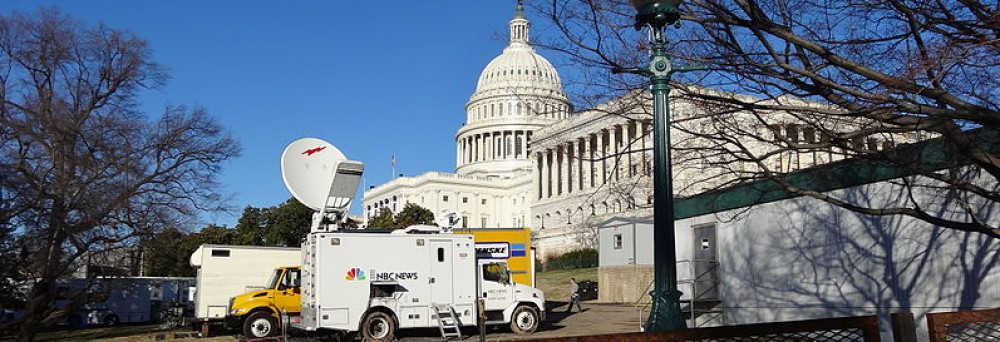By BRENNAN PRUSAK
Baseball is America’s pastime. You might not be able to tell from ratings alone, and even if you ask Americans, only about 9 percent will tell you that it’s their favorite sport.
Although the 2017 post season had more viewers than ever and drew more attention from networks than it has in years, the sport seems to be hitting a lull as a whole. This is largely due to the extremely long regular season and the length of the games, averaging a record three hours and five minutes in 2017.
Due to the groaning from fans, the MLB has started to experiment with new rules raise the pace of the game and make it more exciting. Now the MLB has a tough question on their hands; how do they implement new rules to try and bump popularity without upsetting or alienating the audience they already have?
The first rule that was introduced in 2018 was a new mound visit rule. Starting opening day of the 2018 regular season, each team was allotted 6 mound visits per game, gaining an extra visit for each extra inning of play (if necessary). This is a very small change but was not met with open arms my MLB players, especially catchers.
“Big change? I am not quite sure, but it’s going to be different and difficult because you are limited on the amounts you can go out there,’’ said Gary Sanchez, catcher for the New York Yankees. “It’s a combination of things. Sometimes you go out there to help in any way possible to calm [the pitcher] down. Sometimes it’s to change the signs, sometimes it is both.”
While Sanchez and other catchers are less than thrilled with the new rule, it doesn’t appear that it will change the sport in a way that many fear the rules that follow may. During the offseason, the MLB began discussions to add two new rules that could fundamentally change the sport.
First, it was suggested that managers of the losing team could choose whatever three batters they wanted to lead off the 9th inning, rather than picking up where the lineup left off in the 8th. The next rule brought up would place a runner on second base at the start of each extra inning. Both of these rules were suggested to limit the length of games and prevent extra innings from becoming too, well, extra.
While limiting mound visits may cause catchers to rethink their strategy, trying to take extra innings out of baseball would be like taking overtime out of football or basketball. There are no ties in baseball, so as the sport stands now they play until there is a winner, whether that’s in the 9th inning or the 19th.
The majority of players, fans and sports news media alike are all firmly against this radical of a change in the sport.
“Some of the greatest clutch moments in MLB history came when the best hitter in the order was not hitting,” said CBS sports writer Matt Davis. “Sometimes the best hitters on the team do come up and come through due to the natural order of things.”
Baseball has been around for more than 100 years and has been played by the same basic rules for all that time. Why change it for an audience that you don’t even have yet? Although these rules may leave many scratching their heads, it seems like they will work their way into the game with time. So, will players and fans embrace the new game or will it be the downfall of America’s pastime?
